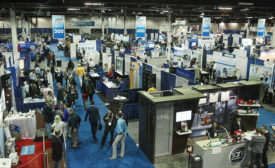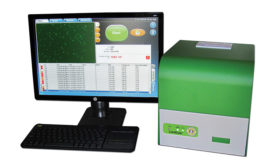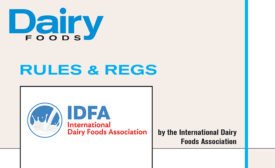Home » dairy food safety
Articles Tagged with ''dairy food safety''
With looming deadlines and extensive requirements, now is the time to get hygienic equipment design training for virtually everyone involved in food processing operations.
Read More
Food safety takes center stage at annual summit
Dairy processors and other food manufacturers gather in May for the 19th annual Food Safety Summit where workshops, certification courses and a slew of educational sessions are offered.
April 10, 2017
Minimize risk, maximize quality with sound QC and QA practices
Under FSMA, dairies need to identify hazards that require a preventive control, including an analysis to verify the safety of ingredients.
March 13, 2017
Online training modules for hygienic design provide practical knowledge
3-A SSI introduced three new hygienic equipment design e-learning modules available for free.
February 14, 2017
These keys can open the doors to FSMA’s kingdom
Some free training material is helpful yet confusing. So you will need to do additional editing and fine-tuning to create documents that comply with regulatory requirements.
January 10, 2017
Taking a holistic approach to hygienic design
When specifying processing and packaging equipment, it is important to know these core elements of hygienic equipment design.
May 17, 2016
Video - Dairy food safety: controlling pathogens in a dairy plant
A team of dairy industry food safety experts just finalized an in-depth, yet practical Listeria control guidance document for ice cream and other ready-to-eat dairy products.
May 4, 2016
Dairy conference
How will expanded drug-residue testing affect grade ‘A’ products?
IDFA adds a new session to the Milk and Cultured Dairy Products Conference
May 2, 2016
Stay ahead of the curve. Unlock a dose of cutting-edge insights.
Receive our premium content directly to your inbox.
SIGN-UP TODAYCopyright ©2025. All Rights Reserved BNP Media.
Design, CMS, Hosting & Web Development :: ePublishing







